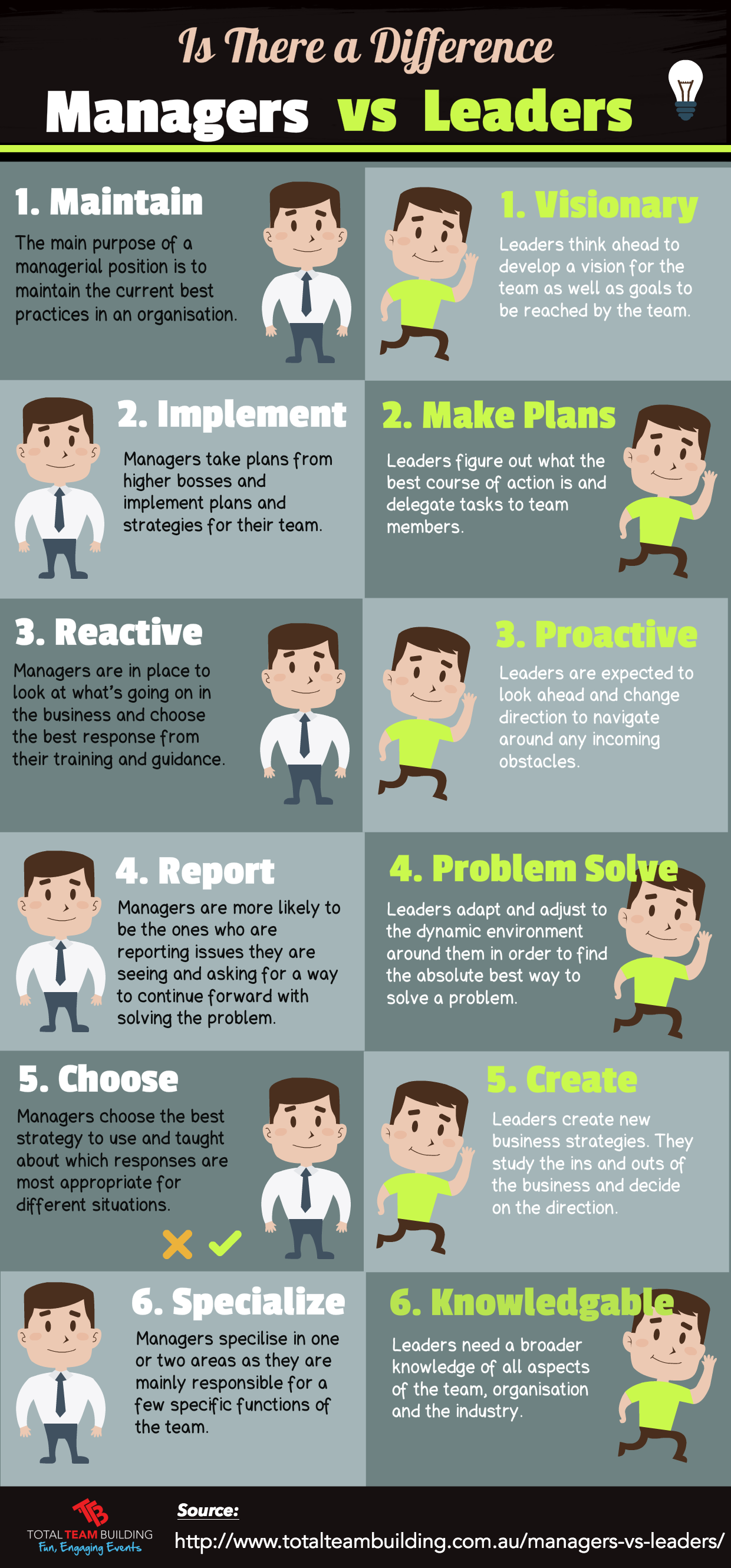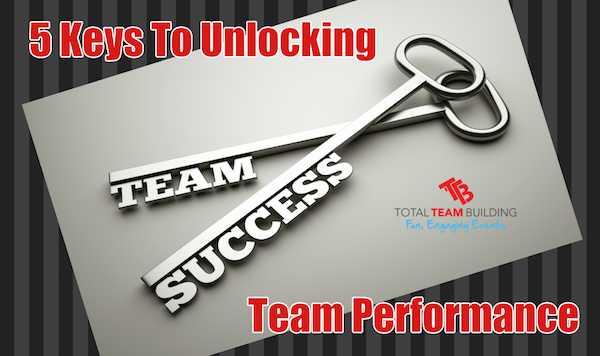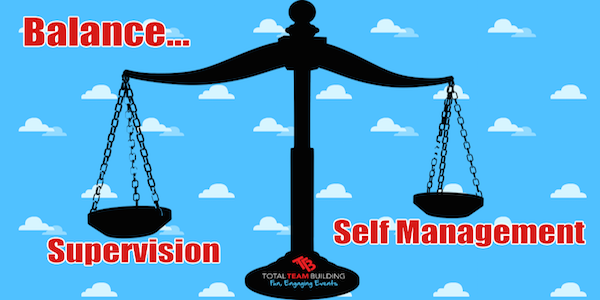How To Convince Your Team to Buy Into Change
The Problem With Change Management
When we hear the word “change”, a lot of different thoughts and emotions can come to our minds. Change in your personal life might make you a bit excited or anxious, yet changes at work nearly always make people feel uneasy, angry, sad, lethargic, and a handful of other negative emotions. Some employees might be excited for the upcoming changes, but the majority will be feeling some version of upset.
Why do employees resist change so much? What makes workplace change so much more difficult to handle than other types of change? These are the issues that face any team leader as they approach a time of change management. This article will talk about some of the most effective ways of dealing with change and helping to convince your team members that it is a good thing which they should embrace. These are strategies that have been put into practice and proven to be useful over the years.

What To Do To Help Your Team Adapt To Changes
- Consider Bringing in Help.
Going it alone might make the process of change more difficult than it should be for you as a leader. If you can bring in a company or consultant who specializes in transitions and corporate or team change they might give you great direction on how to proceed while also supporting you in taking the necessary actions with your team.
- Be Patient, But Persistent.
Remember that not everyone will embrace this change at the same rate. Some team members are going to buy into the ideas very quickly. The majority of people will take a little longer, but not too long. Unfortunately, there is nearly always a small group of people who might take months or even years to fully adapt to the change being made.
No matter what, you can’t forget these employees as they are still a part of your team. They have experienced some form of change trauma, and that can be hard to recover from unless you are well supported and moved into the new system properly. Stand your ground on the fact that this change is both necessary and beneficial, but give them the time they need to see that for themselves as well. Don’t force anything on your employees that will make them feel rushed and uncomfortable.
- Demonstrate Why Change is Necessary.
Find something solid and visible that proves the need for the change which is being made. This might be something to do with one of your products, a video about the inefficiency, pictures of something which is going wrong in the company or for the consumer, or anything else. The point of this is to show your team what’s happening and why it’s bad for business.
Speak to your team logically and reasonably if you want a better chance at winning them over. During uncertain times, it’s good for team morale if the leader is doing a good job at presenting the evidence of a need for change while also showing the chosen solution to the problem.
- Practice Empathy.
Your team members will all be feeling differently about this upcoming or current change, and you MUST acknowledge those feelings as valid and respond to the concerns raised by employees. One way that some companies have achieved this is by hosting an anonymous forum for employee discussions about the changes which are taking place. A facilitator will host the forum and share with you whatever information is gained during that time. This allows you to accurately know what emotions and feelings your team is feeling and respond appropriately.
- Begin Making Changes Early.
If at all possible, start introducing small changes long before a final, larger change is made. This will give employees time to adapt to some of the new work practices rather than having them launch into an entirely new environment suddenly. If they begin to feel comfortable with the new changes you have implemented, then they will at least have something to hold onto which will not disappear when change comes.
- Be Honest and Open.
One of the single most important things you can do to ease your team through change and to help them buy in is to communicate openly and honestly. Honesty from a leader is always important, but change in the workplace tends to bring out the worst in employee-management relations. Many of your team members may feel as if trust has been broken, especially if there was any downsizing or layoffs during the change process.
Communicating openly and being honest with your team are the only ways to start building that trust back up and helping your team to come to terms with the new way of operating.
The Importance Of Good Leadership During Change
Not many leaders particularly enjoy implementing large changes in the workplace, as it is impossible to truly predict what you will be facing from your employees. However, good leadership is the only thing that can bring a team through the change management process without everything falling apart.
Closing Thoughts
In today’s dynamic business atmosphere, change is nearly inevitable for every company regardless of the industry. Change happens, but how you manage that change can make the difference between high rates of team acceptance and rates of rejection or rebellion. Choose to use the best practices and make your change management as smooth of a process as possible.
About Total Team Building
Total Team Building specialise in teams…we facilitate fun engaging experiential team building activities designed to enhance team culture, leadership, communication and collaboration. For more information about how Total Team Building can help you and your team contact us today.





 When your team members put forth great effort in order to reach a goal, it’s worth recognizing their actions. If you fail to show your employees that you are appreciative of their hard work, they will be much less motivated to work hard in the future.
When your team members put forth great effort in order to reach a goal, it’s worth recognizing their actions. If you fail to show your employees that you are appreciative of their hard work, they will be much less motivated to work hard in the future.